There is a growing problem here in the West. You don’t hear much about it in the media because there are powerful influential groups that profit by it, and by powerful I mean the entire states of Wyoming, Montana, Utah, Arizona, Arizona is a particularly bad offender, New Mexico, and yes, parts of Colorado. The problem is color encroachment.
Color encroachment is an insidious problem that insinuates itself into your experience of the west in many ways. For instance, lets say you are driving along one of the back roads in any of the afore-mentioned states, gazing occasionally at the bland, unremarkable scenery passing by, all grays and tans and pale washed out, bluish tints of the sky, when out of the corner of your eye you notice a small seemingly insignificant amount of color creeping into view. It may just be a lighter shade of tan with a hint of yellow in it amongst the roadside vegetation. Or perhaps a reddish hue to the distant rock faces and a deeper purple-ish color to the low-lying mountains off in the distance. Then you come around a corner and it smacks you right in the face.
Incredible shades of indigo blue and deep purple, rose-colored hillsides and brilliant greens of trees next to lesser shades of yellow and pale oranges in the grasses, the deep earth tones of fences and boulders. This is color encroachment. This is raw elemental color and it is right in your face. This new spectrum of color doesn’t stay safely away in the distance, it comes right down to the roadside threatening to spill out right into your path. The dangers are obvious. Black tire marks on the pavement as vehicles screech to a stop. Burned private parts from the spilled coffee of unaware drivers who become GobSmacked by the sudden sight of this massive color change. Digital cameras of all types filled to the brim with the ones and zeros of abused pixels. The list goes on and on.
There have even been traffic accidents caused by this massive influx of color, none fatally so far, but it’s a real possibility that it could happen in the future. Many of the states have begun to take steps to control color encroachment but so far it has been too little, too late. Wyoming for instance has started fencing in much of its color as you can see by the image above. This has helped a little but since the color can be overwhelming to those visitors who have never experienced it before, it isn’t enough. Utah and the main violator Arizona have begun running public service ads warning the unwary and first time visitors to their states about the dangers of color encroachment, but there is a powerful lobby of resort owners, tourist orientated businesses and the auto repair industry trying to keep these to a minimum, shown only late at night after the info commercials, and they are pressing fiercely to do away with them altogether.
What has been recommended by the various auto travelers associations to combat color encroachment, has been to prepare yourself before you leave on that trip of a lifetime, by looking closely at old copies of Arizona magazine, watch the various videos and documentaries that show the wonders and colors of the west and practice placing contrasting but harmonious colors on a sheet of paper with a selection of magic markers. This will go a long way towards making your trip a safe one and still allow you to look at the colors of the ever-changing scenery.
Following those few simple suggestions will get you there to that colorful wilderness you long for and bring you back again safely without harm. And remember to pay attention to those signs posted along the highway saying, “Drowsy drivers cause accidents”. When they should really say “Drowsy drivers fall asleep, run off the road and scream out over the cliff onto the canyon floor miles below much like Thelma and Louise. Don’t do that.” They haven’t posted the “Beware of Color Encroachment” or “Color Encroachment Ahead” signs yet but prepared drivers have them in the forefront of their minds as they drive the beautiful but colorful highways and byways on the West. Remember, Be Safe and as they say out here “Vaya con Juevos”.

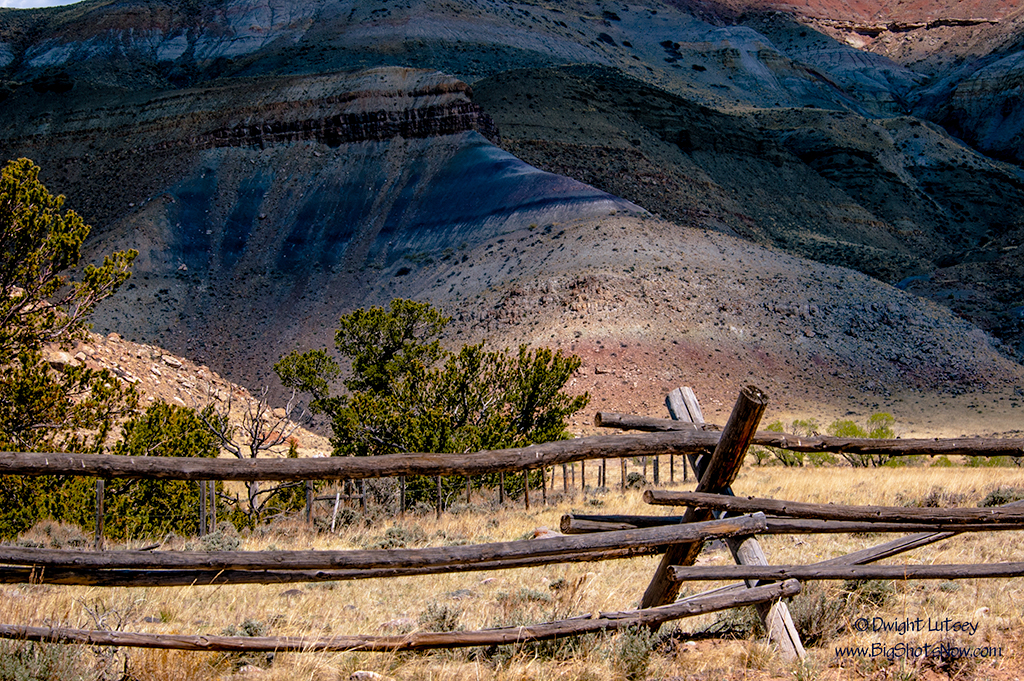
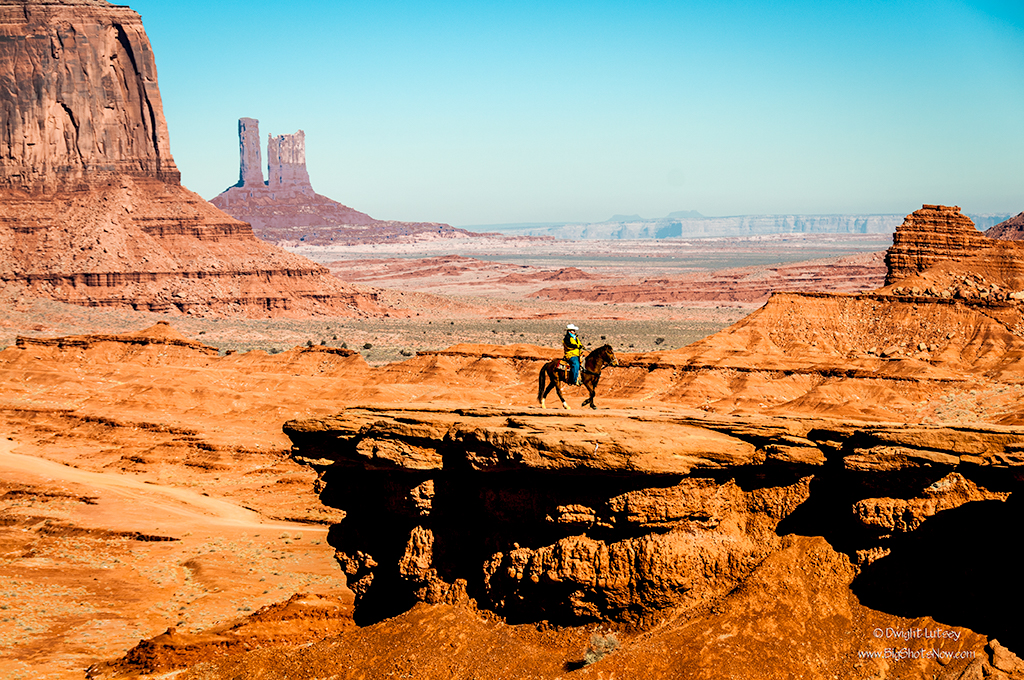
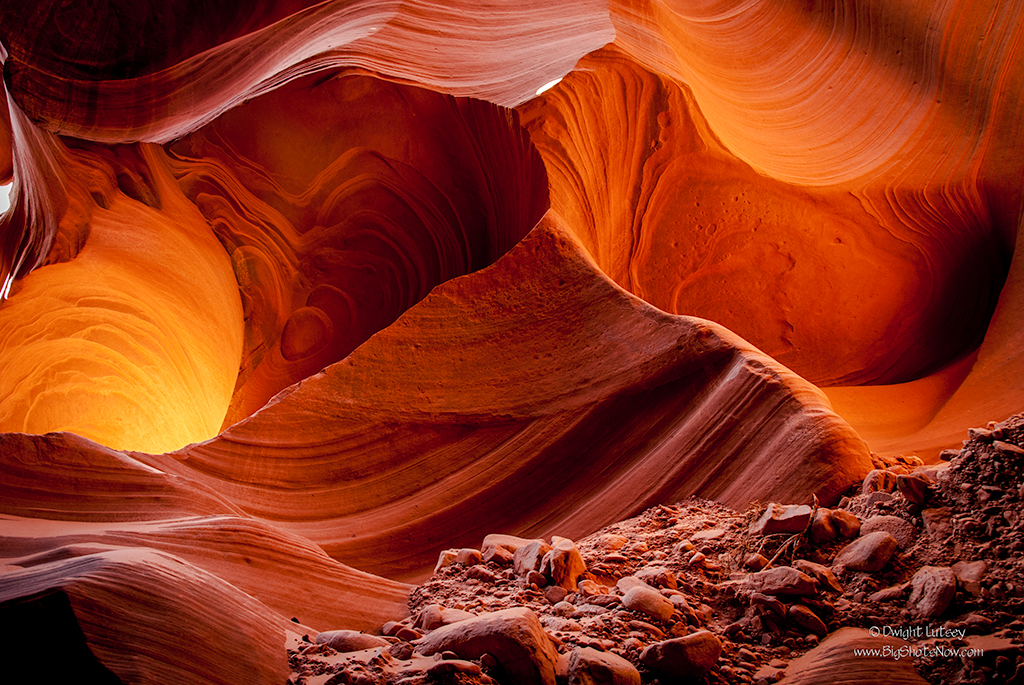
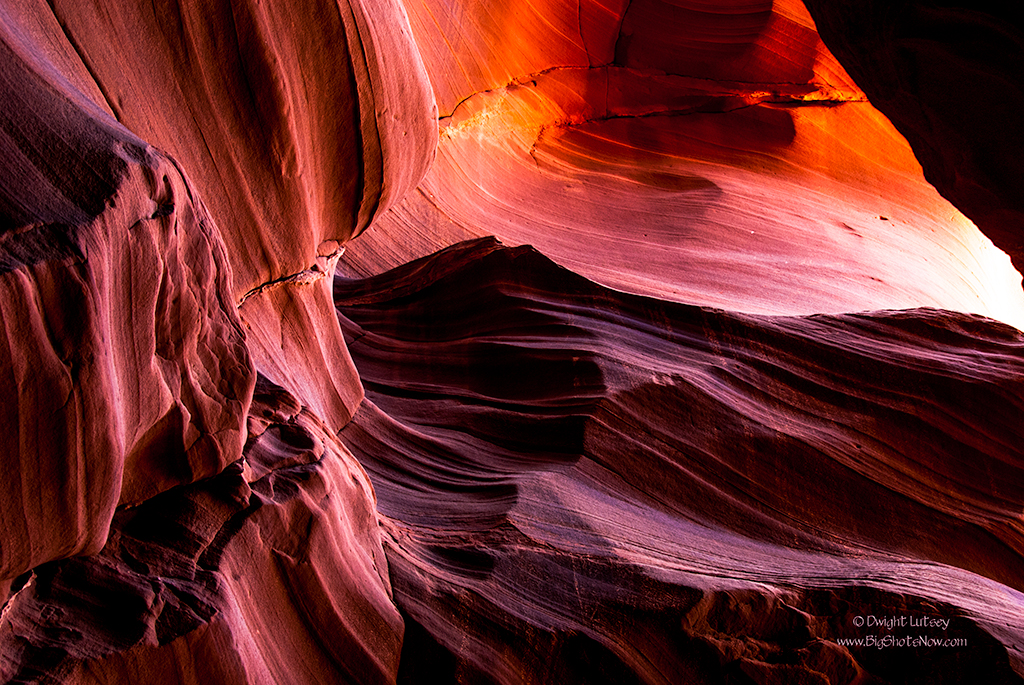
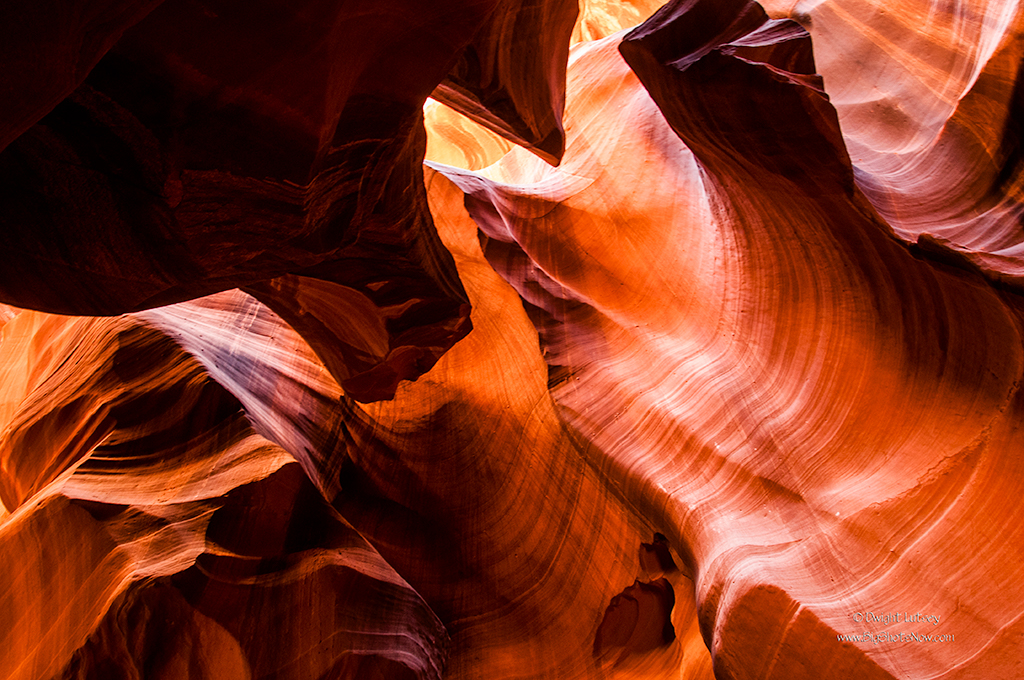
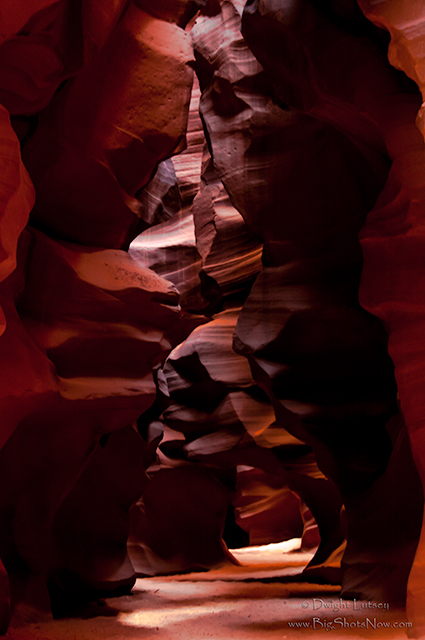
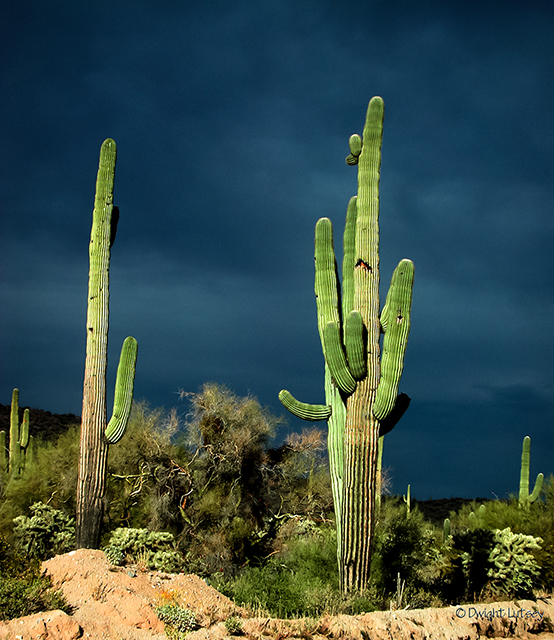
You must be logged in to post a comment.